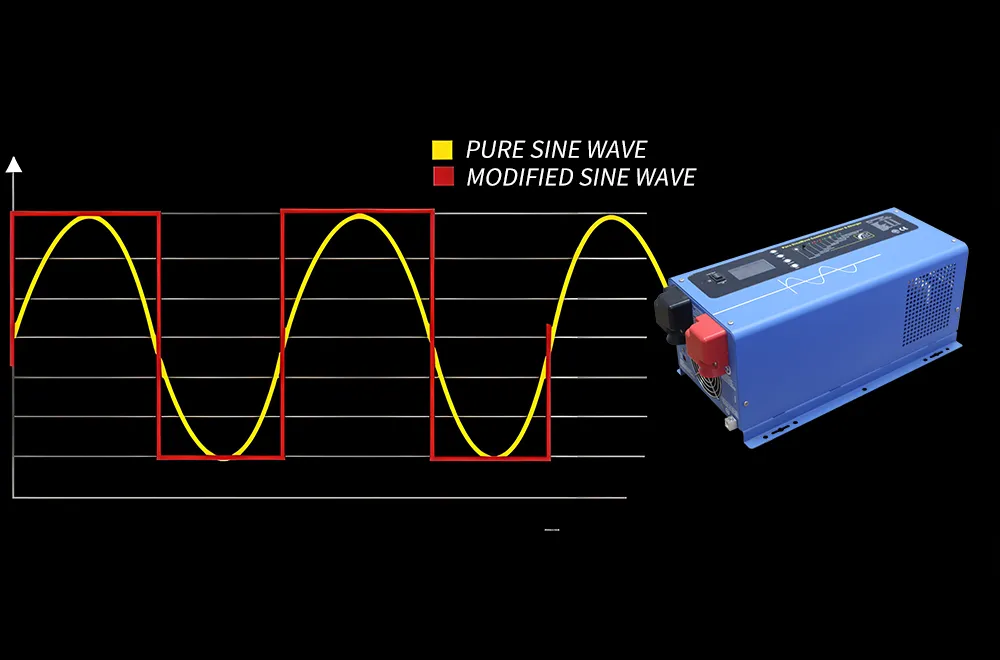Does a Modified Sine Wave Inverter Harm Your Devices? A Practical Guide
With the growing need for portable and backup power solutions, inverters have become vital for both home and outdoor use. A common question among consumers is whether modified sine wave inverters can damage electrical appliances. This article examines how these inverters work, their ideal applications, and practical tips for safe usage.
Understanding Modified Sine Wave Inverters
A modified sine wave inverter converts DC power from sources like batteries or solar panels into AC electricity. Unlike pure sine wave inverters, it produces a stepped approximation of a smooth sine wave. While more affordable, this type of inverter may not be compatible with all devices.
How It Works
Using electronic components like MOSFETs or IGBTs, these inverters generate a waveform similar to a square wave, which is then filtered to resemble a traditional sine wave. Although smoother than a pure square wave, the output still contains harmonics that can affect certain equipment.
Effects on Electrical Appliances
Not all devices respond the same way to modified sine wave power. Here’s what you need to know:
- Motor-Driven Devices: Equipment such as refrigerators, air conditioners, or power tools may run less efficiently, produce more heat, and experience a shorter operational life due to irregular torque.
- Electronics: Devices like laptops, phones, and TVs often operate normally since they use switched-mode power supplies. However, sensitive audio equipment or precision instruments may encounter interference or noise.
- Lighting: While incandescent bulbs usually work fine, LED and fluorescent lights might flicker or have reduced longevity. Dimmable lights are especially prone to issues.
- Medical Devices: Critical equipment like ventilators or monitors should not be used with modified sine wave inverters due to strict power quality requirements.
How to Use a Modified Sine Wave Inverter Safely
To minimize risks, follow these guidelines:
- Verify Compatibility: Check the manufacturer’s instructions for each device to ensure it can run on modified sine wave power.
- Avoid Continuous Heavy Loads: These inverters are less efficient under high load. Allow for cooling breaks and ensure good airflow around the unit.
- Select Adequate Power Capacity: Choose an inverter with a higher wattage rating than your device’s requirement to prevent overloading.
- Use with Resilient Equipment: These inverters are best suited for simple resistive loads such as traditional light bulbs, heaters, or basic hand tools.
Choosing the Right Inverter
Pure sine wave inverters deliver power identical to grid electricity and work with all appliances, but they come at a higher cost. Modified sine wave inverters are more economical and work well with many common devices, though they are not ideal for sensitive electronics.
If you need to operate medical devices, variable-speed motors, or high-end audio systems, a pure sine wave model is the better choice. For general-purpose applications like lighting, charging, or powering tools, a modified sine wave inverter offers a budget-friendly solution.
Final Thoughts
While modified sine wave inverters may not be suitable for all appliances, they provide a cost-effective option for many everyday uses. By selecting the right inverter for your needs and following usage recommendations, you can power your devices safely and efficiently. Always assess your requirements before making a purchase.
Table of Contents
